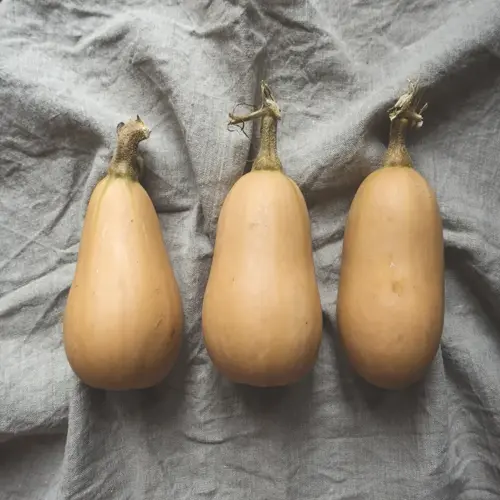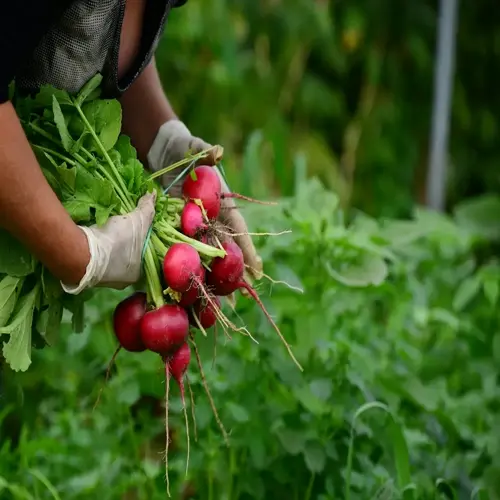Can beans survive frost?

Written by
Julia Anderson
Reviewed by
Prof. Charles Hartman, Ph.D.Frost tolerance in different bean types varies widely, emphasizing the need for effective protection methods for gardeners. Broad beans can tolerate light frost near 23°F, while tropical limas can perish at 40°F. Most common beans sustain serious damage at 32°F (0° C) or below. Knowing these thresholds can help you avoid catastrophic crop losses.
Cold-Hardy Varieties
- Broad beans: Survive 23°F with minimal protection
- Overwintering types: Tolerate snow cover when established
- Hardy bush beans: Endure brief 28°F exposure
- Recovery: Frost-damaged leaves regrow in 5-7 days
Frost-Sensitive Types
- Lima beans: Die at 40°F - harvest before cold
- Pole beans: Suffer stem damage below 32°F
- Young seedlings: Most vulnerable during first 3 weeks
- Recovery signs: Blackened leaves indicate unrecoverable damage
The best frost protection begins before the cold weather hits. Put on floating row covers as the temperature approaches 35°F. Ensure the edges are securely nestled into the soil or covered with rocks to prevent erosion. For potted beans, bring them up against south-facing walls at night. Water the soil before frosty nights. Wet soil retains heat better than dry soil.
Take care when evaluating the impact of sudden frost. Cold-hardy cultivars will usually recover from wilting foliage. Snip back the blackened leaves. A good dose of seaweed extract will encourage regrowth. Tender types like limas usually do not pull through. Once the soil warms up, the limas can be replaced with new seedlings. Be sure to record these frost dates for better planning next year.
Regional microclimates can significantly impact frost risk. The low corner of my garden, where raised beds are, freezes 5°F colder. Consider planting your cold-sensitive beans surrounding structures or on slopes from frost-prone areas. Use thermal blankets to protect against late spring frosts in emergencies. Be sure to remove the shields each day promptly to prevent overheating.
Read the full article: When to Plant Beans: Ultimate Growing Guide

